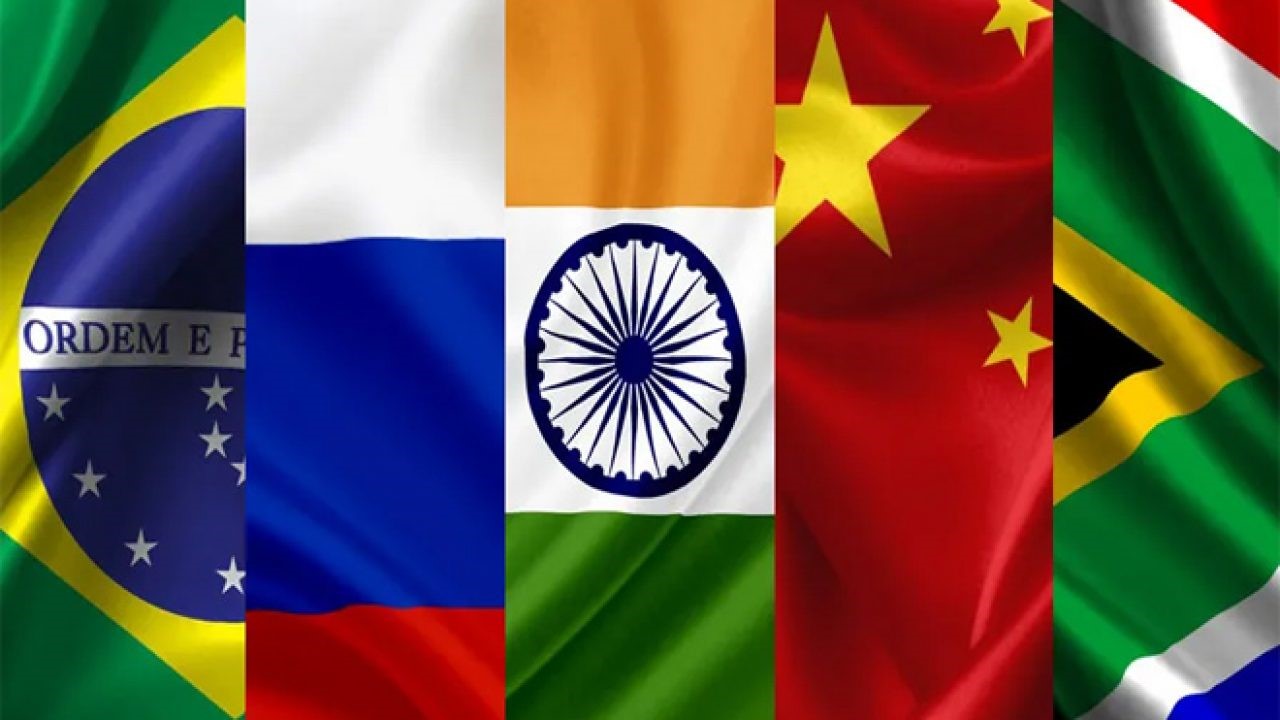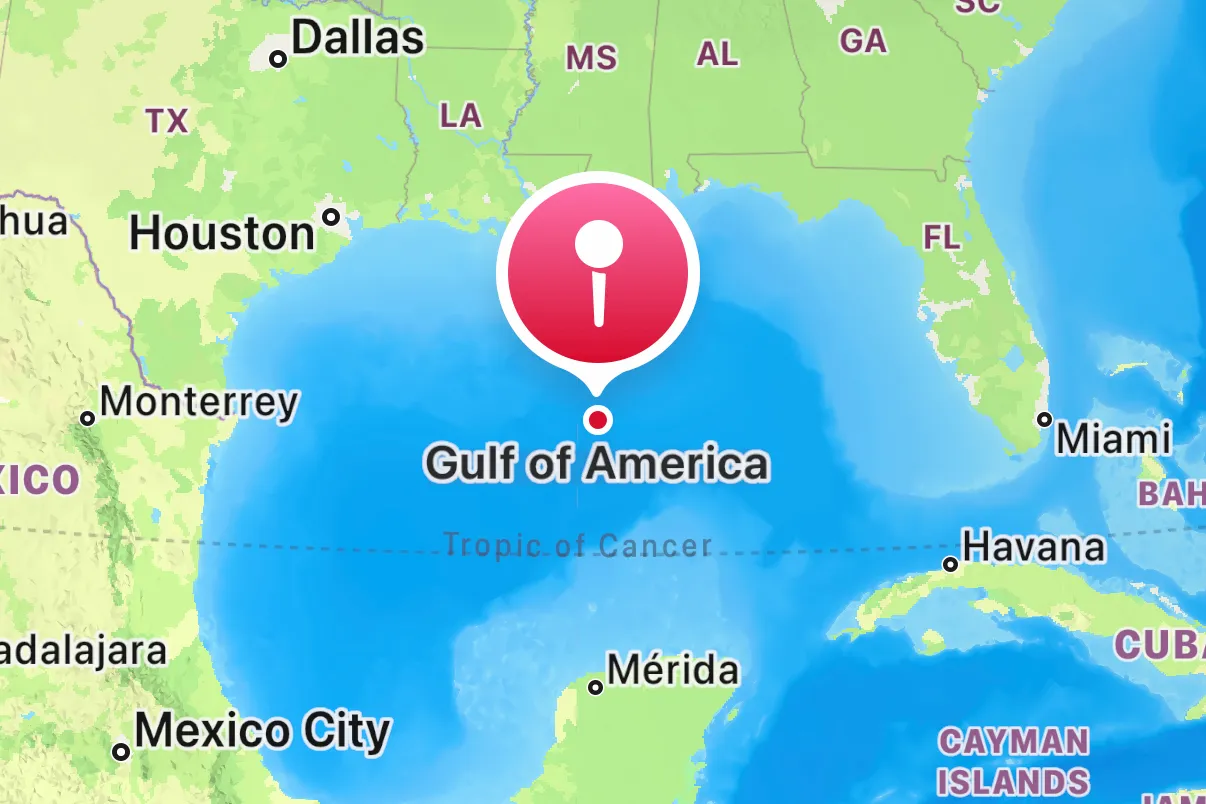- Courses
- GS Full Course 1 Year
- GS Full Course 2 Year
- GS Full Course 3 Year
- GS Full Course Till Selection
- Answer Alpha: Mains 2025 Mentorship
- MEP (Mains Enrichment Programme) Data, Facts
- Essay Target – 150+ Marks
- Online Program
- GS Recorded Course
- Polity
- Geography
- Economy
- Ancient, Medieval and Art & Culture AMAC
- Modern India, Post Independence & World History
- Environment
- Governance
- Science & Technology
- International Relations and Internal Security
- Disaster Management
- Ethics
- NCERT Current Affairs
- Indian Society and Social Issue
- NCERT- Science and Technology
- NCERT - Geography
- NCERT - Ancient History
- NCERT- World History
- NCERT Modern History
- CSAT
- 5 LAYERED ARJUNA Mentorship
- Public Administration Optional
- ABOUT US
- OUR TOPPERS
- TEST SERIES
- FREE STUDY MATERIAL
- VIDEOS
- CONTACT US
BRICS
BRICS
09-03-2023

BRICS
(Brazil-Russia-India-China-South Africa)
STRUCTURE OF BRICS
- The BRICS Summit, which takes place annually between the supreme leaders of five nations, is not an organization.
- In accordance with the acronym B-R-I-C-S, the forum's chairmanship is rotated among its members annually. Over the past ten years, BRICS cooperation has grown to include over 100 sectoral meetings every year.
HISTORICAL ASPECT
- The acronym "BRICS" was initially formulated in 2001 by economist Jim O'Neill, of Goldman Sachs, in a report on growth prospects for the economies of Brazil, Russia, India and China – which together represented a significant share of the world's production and population.
- In 2006, the four countries initiated a regular informal diplomatic coordination, with annual meetings of Foreign Ministers at the margins of of the UNGA.
- This successful interaction led to the decision that the dialogue was to be carried out at the level of Heads of State and Government in annual Summits.
- The first BRIC Summit took place in 2009 in the Russian Federation and focused on issues such as reform of the global financial architecture. South Africa was invited to join BRIC in 2010 & attended the Third BRICS Summit in Sanya, China, in 2011.
OBJECTIVES
- In order to achieve development that is more sustainable, equitable, and beneficial to both parties, the BRICS aims to deepen, broaden, and intensify cooperation both within the group and between the individual nations.
- Each member's growth, development, and poverty goals are taken into consideration by BRICS to ensure that relations are built on each nation's economic strengths and to avoid competition whenever possible.
- Beyond the initial goal of reforming global financial institutions, BRICS is emerging as a new and promising political-diplomatic entity with diverse goals.
AREAS OF COOPERATION
- Economic cooperation
- People to people exchange
- Political & security cooperation
- Cooperation mechanism
- Cooperation among members is achieved through:
- Track I: Formal diplomatic engagement between the national governments.
- Track II: Engagement through government-affiliated institutions, e.g. state-owned enterprises and business councils.
- Track III: Civil society and People-to-People engagement.
BRICS & OTHER GLOBAL INSTITUTIONS
- The main reason for co-operation to start among the BRICs nation was the financial crisis of 2008. The crises raised doubts over sustainability of the dollar-denominated monetary system.
- The BRICs called for the “the reform of multilateral institutions in order that they reflect the structural changes in the world economy and the increasingly central role that emerging markets now play”.
- BRICs managed to push for institutional reform which led to International Monetary Fund (IMF) quota reform in 2010. Thus, the financial crises had momentarily reduced western legitimacy and briefly let the BRICs countries become “agenda setters” in multilateral institutions.
NEW DEVELOPMENT BANK {HQ: SHANGHAI}
- At the Fourth BRICS Summit in New Delhi (2012) the possibility of setting up a new Development Bank was considered to mobilize resources for infrastructure and sustainable development projects in BRICS and other emerging economies, as well as in developing countries.
- During the Sixth BRICS Summit in Fortaleza (2014) the leaders signed the Agreement establishing the New Development Bank (NDB).
- Fortaleza Declaration stressed that the NDB will strengthen cooperation among BRICS and will supplement the efforts of multilateral and regional financial institutions for global development thus contributing to sustainable and balanced growth.
- Clean energy, transportation infrastructure, irrigation, sustainable urban development, and economic cooperation among member nations are the NDB's primary areas of operation.
- All BRICS nations have equal rights when it comes to the NDB's operation, which is based on a consultative mechanism.
PROJECTS UNDERTAKEN BY NDB IN INDIA:
- Major infrastructure projects in India, including the Mumbai Metro rail, Delhi-Ghaziabad-Meerut Regional Rapid Transit System and many Renewable Energy projects.
- In 2020, India announced a 1 billion USD loan pact with NDB to boost rural employment and infrastructure.
CONTINGENCY RESERVE ARRANGEMENT
- Considering the increasing instances of global financial crisis, BRICS nations signed BRICS Contingent Reserve Arrangement (CRA) in 2014 as part of Fortaleza Declaration at Sixth BRICS summit.
- The BRICS CRA aims to provide short-term liquidity support to the members through currency swaps to help mitigating BOP crisis situation and further strengthen financial stability.
- The initial total committed resources of the CRA shall be 100 billion dollars.
- It would also contribute to strengthening the global financial safety net and complement existing international arrangements (IMF).
CHALLENGES TO BRICS
- China, India, and Russia dominate the group leaving the other two nations on fringes.
- If the BRICS want to become more important in the global order, they will need to broaden their agenda.
- Climate change and development finance for the construction of infrastructure currently dominate the agenda.
- As the five member nations pursue their own individual agendas, the foundational BRICS principles of respect for sovereign equality and pluralism in global governance are likely to be put to the test as the group moves forward.
- The military impasse between China and India Heterogeneity: Critics contend that the BRICS nations' heterogeneity—the variable or diverse nature of their countries—poses a threat to the group's future because of their diverse interests.
Way forward
- In its first decade, BRICS did well in identifying issues of shared interest and establishing platforms to address these issues.
- Each member of BRICS must make a realistic assessment of the initiative's opportunities and inherent limitations if it is to remain relevant over the next ten years.
- The countries of the BRICS must reevaluate their approach and recommit to their founding principles. To address the power imbalance within the group and in global governance as a whole, BRICS must reaffirm their commitment to a multipolar world that promotes sovereign equality and democratic decision-making.
- They must invest in additional BRICS institutions and build on the NDB's success. The establishment of a BRICS-style institutional research wing that can provide solutions that are more appropriate for the developing world would be beneficial.
- BRICS ought to consider a BRICS-drove work to meet their responsibilities under the Paris Settlement on environmental change and the UN's maintainable improvement objectives. This could mean, for instance, establishing an energy policy institution and a BRICS energy alliance.
- In order to help BRICS members make progress toward the sustainable development goals, the National Development Bank (NDB) and other development finance institutions could work together.
- Thought of setting up a BRICS Credit score Organization (BCRA) as proposed by India, went against to Western organizations like Norm and Poor's, Moody's and so on can be on BRICS future plan.
Must Check: Top IAS Coaching Institute In Delhi
Tensions Between Iran and Israel
Tensions Between Iran and Israel


-1678355152849.jpg)